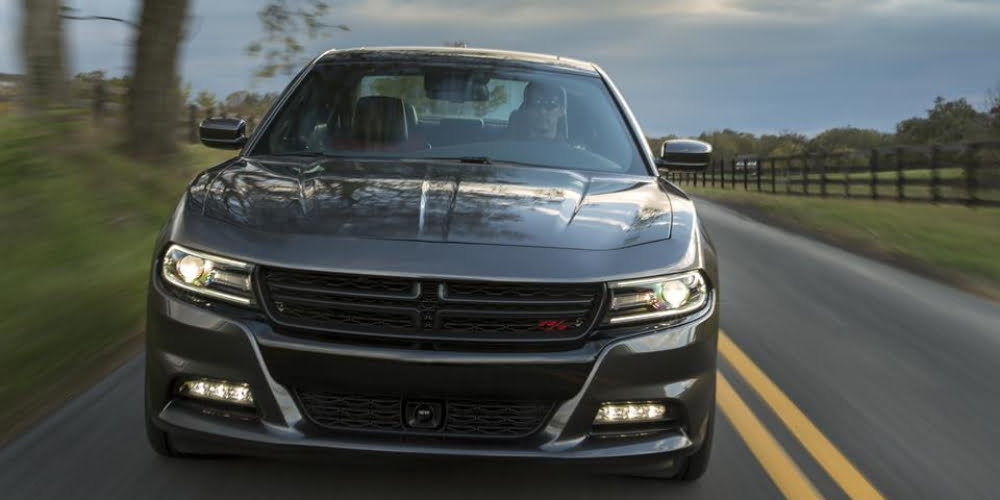Usually when your car has a check engine light 2016 Dodge Charger on, it is a sign of a problem with your car’s engine. In order to fix the problem, you will need to perform some diagnostic tests on your car. Some of the tests that you will need to perform include checking the oil level, checking the oil filter, and checking the spark plugs. If you follow these tests, you will be able to fix your car’s engine.
Check Engine Light 2016 Dodge Charger: Gas Cap
Having a check engine light 2016 Dodge Charger isn’t a great thing to have. It can be a signal of major engine issues, such as a loose gas cap, a leaky EVAP purge valve, or an emissions system malfunction. However, you don’t have to panic. These problems are not insurmountable. You just need to follow some troubleshooting steps.
The check engine light is a part of your onboard diagnostics system, which is used to monitor your vehicle’s performance. It is a computer controlled system that monitors the performance of your vehicle’s engine and controls ignition timing. It also implements stability control.
If your check engine light isn’t showing up when you’re driving, it may be time to head to the repair shop. A certified technician can diagnose your car’s problem and get you back on the road in no time.

Check Engine Light 2016 Dodge Charger: Spark Plugs
Whether you’re driving a Dodge Charger, if you notice a check engine light coming on, you should check your spark plugs. Bad spark plugs can cause your engine to misfire, which can make starting and driving difficult. It can also cause your car to be inefficient at gas mileage.
In addition to misfiring, bad spark plugs can cause other problems as well. In extreme circumstances, your engine can fail to start. It’s best to take your Charger to a certified mechanic to get the issue fixed.
Spark plugs for your Dodge Charger should be replaced at specified intervals. If you wait until your spark plugs become old, they may start to corrode and damage your engine.

Check Engine Light 2016 Dodge Charger: Catalytic Converter
Having the check engine light 2016 Dodge Charger can cause numerous problems. This system is part of the onboard diagnostics system and it helps the car to identify what’s wrong with it.
A catalytic converter is a device that is used to convert harmful exhaust gases into less harmful byproducts. The converter may fail because of physical damage, contamination, or overheating. A faulty catalytic converter can cause a number of problems, including poor fuel economy and poor performance. A faulty catalytic converter can also cause the car to produce black smoke.
It is also possible that the vehicle may not be able to burn all the fuel that is in the tank. This can cause an imbalance in the air-fuel mixture and reduces engine power. A faulty catalytic converter will cause a check engine light to appear.
Check Engine Light 2016 Dodge Charger: Battery
Having the check engine light on your Dodge Charger is a sign of an underlying problem. Depending on the cause, it can be a temporary issue or a serious problem. If you see this light, you need to take action to resolve the problem before it gets worse.
The light can be caused by a number of issues, including a defective alternator, bad ground connection, or an electrical problem. In order to determine the cause of the problem, you can perform a battery test. This test will show if the battery has enough voltage to start the engine.
To perform the test, connect a multimeter to the negative battery terminal. Set the multimeter to the ohms symbol. The reading should be near zero ohms.
Check Engine Light 2016 Dodge Charger: Diagnosis Service
Whether you drive a Dodge Charger or another car, it’s important to know how to diagnose the check engine light on your car. The light can indicate several issues, ranging from a simple problem to a more severe one. Taking action is important to avoid causing more damage.
The check engine light is part of the car’s onboard diagnostics system. This system is used to monitor the health of the engine, fuel delivery, and ignition system. When an issue is detected, it will alert the driver through a blinking or flashing check engine light. If the light is flashing, it indicates a more serious problem.
The best way to diagnose your check engine light is to take your car to a professional mechanic. The mechanic will use a scan tool to read diagnostic trouble codes and pinpoint the issue.
